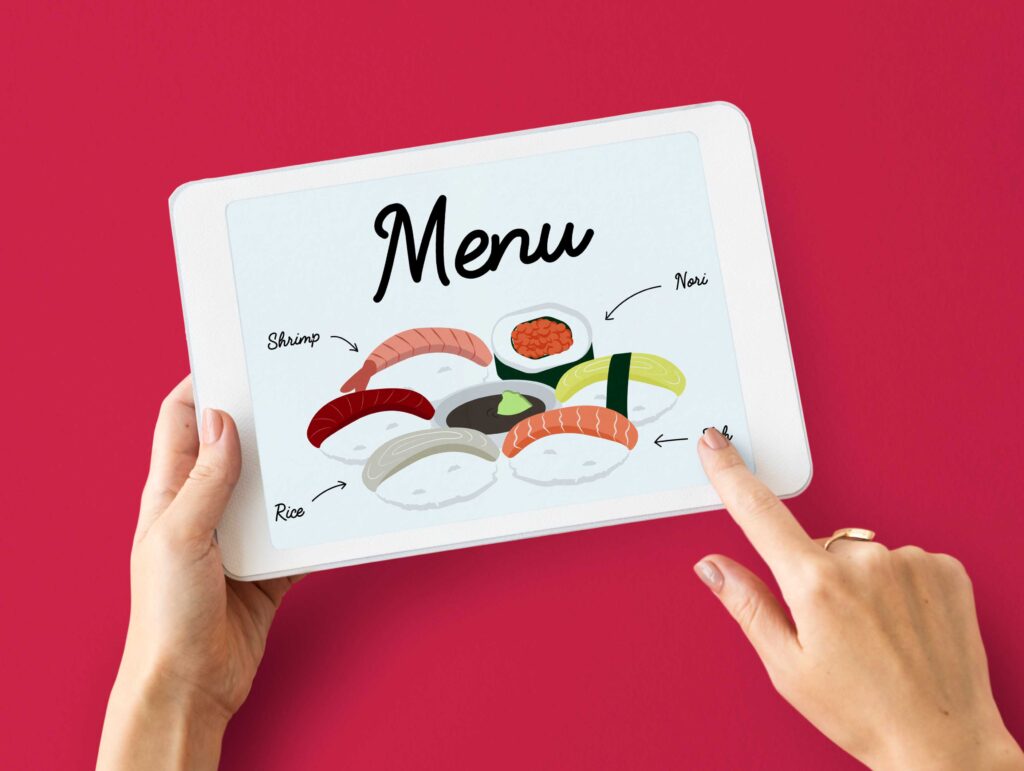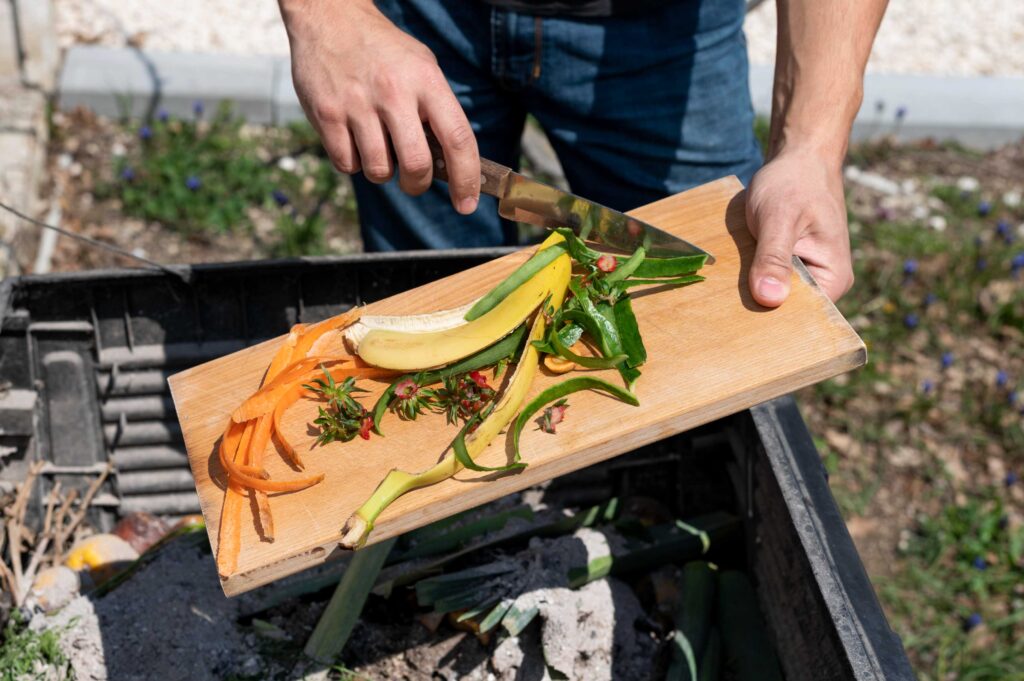In the restaurant industry, controlling costs is essential for maintaining profitability, especially in a challenging market. As a trusted food wholesaler, we understand that managing expenses without sacrificing quality or service is a key concern for our restaurant customers. Effective cost management can help you boost your bottom line while maintaining operational efficiency. This blog offers a practical checklist specifically designed to guide restaurant owners and managers in reducing costs. From smart inventory management to energy-saving tips, these strategies will help you cut down on unnecessary expenses and run your restaurant more smoothly.
1. Monitor Inventory Levels Regularly
Keeping a close eye on inventory is one of the most effective ways to control costs in a restaurant. Regularly counting and recording stock helps prevent over-ordering, which can lead to unnecessary waste and spoilage. Manual stock-taking can be time-consuming and prone to errors, so many restaurant owners are turning to inventory management software. Digital tools provide real-time tracking, making it easier to monitor stock levels and identify what needs to be ordered. Setting par levels – the minimum quantity of each item that should always be in stock – helps maintain optimal inventory levels. This approach prevents running out of key ingredients while avoiding overstocking, both of which can lead to financial losses.
2. Partner with a Reliable Food Wholesaler
A strong relationship with a trusted food wholesaler is essential for reducing costs in the long term. Buying in bulk from a reliable supplier can offer significant savings, especially when it comes to staple ingredients. By working closely with your wholesaler, you can negotiate contracts that ensure consistent pricing and help secure the best possible deals. Many wholesalers also offer seasonal discounts or special promotions for bulk purchases, allowing you to save even more. As your supplier, we aim to provide cost-effective solutions that cater to your restaurant’s specific needs, ensuring quality while helping you control expenses.
3. Streamline the Menu

Simplifying your menu can have a considerable impact on reducing costs. Focus on your best-selling dishes and remove underperforming items that lead to waste. When too many ingredients are required to support a large menu, inventory costs rise, and wastage becomes inevitable. Using seasonal ingredients is another cost-effective strategy. Seasonal produce is often cheaper and fresher, providing a high-quality dining experience at a lower cost. Additionally, cross-utilising ingredients – designing your menu so that multiple dishes share common ingredients – can help reduce waste. This tactic not only lowers costs but also simplifies ordering and kitchen preparation.
4. Manage Labour Costs
Labour costs are a major expense for any restaurant, but they can be effectively managed with the right strategies. Efficient scheduling is key. Use data and sales patterns to predict peak hours and adjust staffing levels accordingly. Overstaffing during quiet periods or understaffing during busy times can either increase costs unnecessarily or harm customer service. Cross-training employees is another valuable approach, as it ensures staff can handle multiple roles when needed, offering more flexibility. In addition, investing in automation where possible – such as online ordering systems or automated inventory management – can significantly reduce manual labour, freeing up staff time and improving efficiency.
5. Implement Energy-Saving Measures
Restaurants often have high energy bills due to cooking equipment, lighting, and heating or cooling systems. Investing in energy-efficient equipment can help reduce these costs. Modern kitchen appliances are designed to consume less energy while maintaining performance, making them a worthwhile investment in the long run. It’s also essential to conduct regular maintenance on your equipment to prevent breakdowns, which can lead to expensive repairs or replacements. Simple changes, like switching to energy-saving lighting and optimising your HVAC systems (heating, ventilation, and air conditioning), can further reduce utility costs and improve the overall efficiency of your restaurant.
6. Minimise Food Waste

Food waste directly impacts your restaurant’s bottom line, so minimising it should be a priority. Portion control is a simple yet effective way to reduce waste. Training staff to serve consistent portion sizes ensures that food is not over-prepared or thrown away unnecessarily. Creative use of leftovers can also help. Consider repurposing unused ingredients into daily specials or new dishes to make the most of your inventory. Tracking food waste is essential. Keep a record of what’s being discarded to identify patterns and adjust your purchasing and preparation practices. By reducing waste, you not only save money but also contribute to a more sustainable operation.
7. Optimise Your Pricing Strategy
Your pricing strategy should reflect the current market and your cost structure. Regularly review menu prices to ensure they account for fluctuating ingredient costs and inflation. It’s important to stay competitive, but also to make sure your prices cover all expenses while still offering value to your customers. Using sales data can help you adjust prices intelligently. For example, if certain dishes are particularly popular, you may be able to raise their price slightly without affecting demand. Offering combo deals or meal packages is another way to encourage higher spending while providing customers with perceived value. This approach can increase average order value, helping to offset costs.
8. Use Technology to Improve Efficiency
Technology can greatly enhance your restaurant’s efficiency while reducing costs. Digital ordering systems, whether for in-house use or online orders, reduce human error and speed up service, leading to happier customers and fewer costly mistakes. A Point-of-Sale (POS) system can provide detailed sales data, helping you to monitor trends, optimise stock, and improve overall business performance. Additionally, investing in automated purchasing systems can streamline your ordering process, ensuring that you always have the right amount of stock on hand without over-ordering. By embracing these technologies, you can save time, reduce labour costs, and make more informed decisions.
Read More: Tactics to Improve Your Restaurant Table Turnover Rate
Conclusion:
In conclusion, reducing costs in your restaurant is achievable with the right strategies in place. By monitoring inventory, streamlining your menu, managing labour efficiently, and minimising food waste, you can see immediate cost savings. Implementing energy-saving measures and using technology further enhances efficiency. These practical steps not only help control expenses but also improve your overall operations. Most importantly, partnering with a reliable food wholesaler allows you to take advantage of bulk buying, special discounts, and consistent supply, maximising long-term savings and ensuring the success of your restaurant. Start implementing these strategies today to boost profitability.










